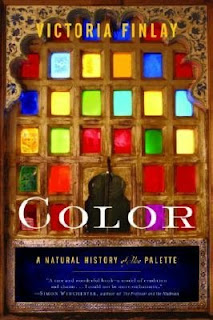 |
| Artwork by Andrea Melnyk |
While I was in art school I had the chance to take a printmaking class. I remember loving the experience. We got to try our hand at woodcuts, etching, and Linocut. I especially enjoyed the Lincuts and Woodcuts. So when I heard that Northern Kentucky University was having a printmaking show,
In Your Dreams: An Exhibition by Northern Kentucky University Print Club, I couldn't resist attending. I was not disappointed; there was some truly lovely artwork on display.
Radha Lakshmi
Andrea Melnyk- If anyone knows her website let me know, I would love to include her link.
Exhibiting artists include: Andrea Knarr, Alison Shepard, Sharmon Davidson, Kelly Schierer, Peter Hall, Dustin Pike, Brian Stuparyk, David Wischer, Jill Ross, Carola Bell, Nicci Mechler, Alecia Weber, Paige Wideman, Saad Ghosn, Kathleen Piercefield, Randel Plowman, Andy Sohoza, Radha Lakshimi, Chris Plummer, Joline Costello Hartig, Bonnie Mitsui, Michelle Lustenberg, Susna Naylor, and Andrea Melnyk. The exhibit runs through March 8. For more information visit NKU's
Facebook page and
website for more details.












